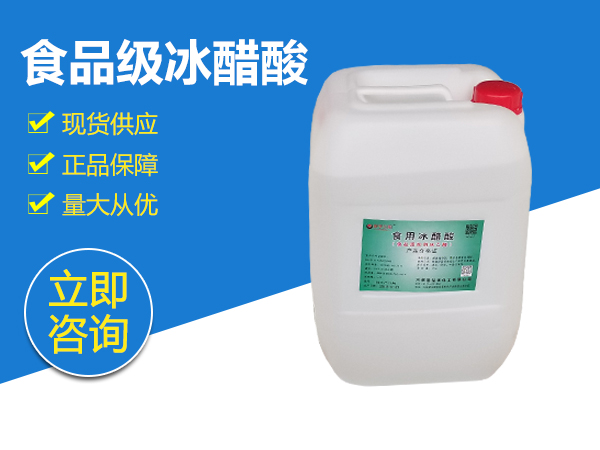

Understanding Cracked Tempered Glass Causes, Consequences, and Solutions
Tempered glass, also known as safety glass, is a popular choice for a variety of applications, including windows, shower doors, and glass doors. Its strength and durability make it ideal for situations where safety is a priority, as it is designed to resist impact better than ordinary glass. However, like any material, tempered glass can experience cracks under certain conditions. Understanding the reasons behind cracked tempered glass, its implications, and possible solutions is crucial for homeowners, builders, and designers alike.
Causes of Cracked Tempered Glass
One of the most common causes of cracked tempered glass is thermal stress. Tempered glass is manufactured through a process of extreme heating and rapid cooling, which strengthens the glass. However, if there is a sudden change in temperature, such as moving from a cold to a hot environment (or vice versa), the glass can be subjected to stress. For instance, if a cold rain falls on hot glass, or if an area of glass is in direct sunlight while another shaded area remains cool, this can lead to uneven expansion and ultimately cracks.
Another significant factor that can lead to cracks is improper installation. If tempered glass is not correctly fitted or is subject to pressure from surrounding structures, it may not withstand external forces. Installation should allow for natural movement and expansion, providing adequate space at the edges for thermal expansion.
Impact damage is another reason tempered glass may crack. While it is more resilient than regular glass, it is not entirely immune to damage from heavy objects or sudden impacts. While tempered glass shatters into small, blunt pieces for safety, the initial crack can lead to larger fractures if not addressed.
Consequences of Cracked Tempered Glass

The consequences of cracked tempered glass can be serious, both in terms of safety and aesthetics. A crack in tempered glass compromises its integrity, potentially leading to larger areas of breakage. This poses a safety risk, especially in environments where glass doors or windows are present, as broken glass can lead to injuries.
From an aesthetic perspective, cracked glass can detract from the visual appeal of a space. For business owners, a broken glass storefront can harm the brand image and deter customers. For homeowners, cracked glass can diminish property value and present an eyesore.
Solutions and Preventive Measures
Fortunately, several solutions can help manage and prevent the cracking of tempered glass. Regular maintenance and inspections are essential to identify any initial signs of stress or damage. Homeowners and business managers should be vigilant about inspecting glass installations, especially after extreme weather events.
Proper installation practices are foundational to the longevity of tempered glass. Ensuring that professionals handle the installation can minimize the risks associated with improper fitting. Contractors should use the correct framing systems and ensure sufficient allowances for expansion to prevent undue stress.
In cases where thermal stress is a known problem, it may be beneficial to consider tempered glass with specialized coatings that improve thermal performance. Alternatively, investing in low-E (low emissivity) glass can help minimize temperature fluctuations, reducing the risk of cracking.
In conclusion, while tempered glass offers enhanced safety and durability, it is not infallible. Understanding the causes of cracked tempered glass—thermal stress, improper installation, and impact damage—is essential for homeowners and builders alike. By taking preventative measures and addressing issues promptly, the risks associated with cracked tempered glass can be significantly mitigated, ensuring both safety and beauty in any setting.